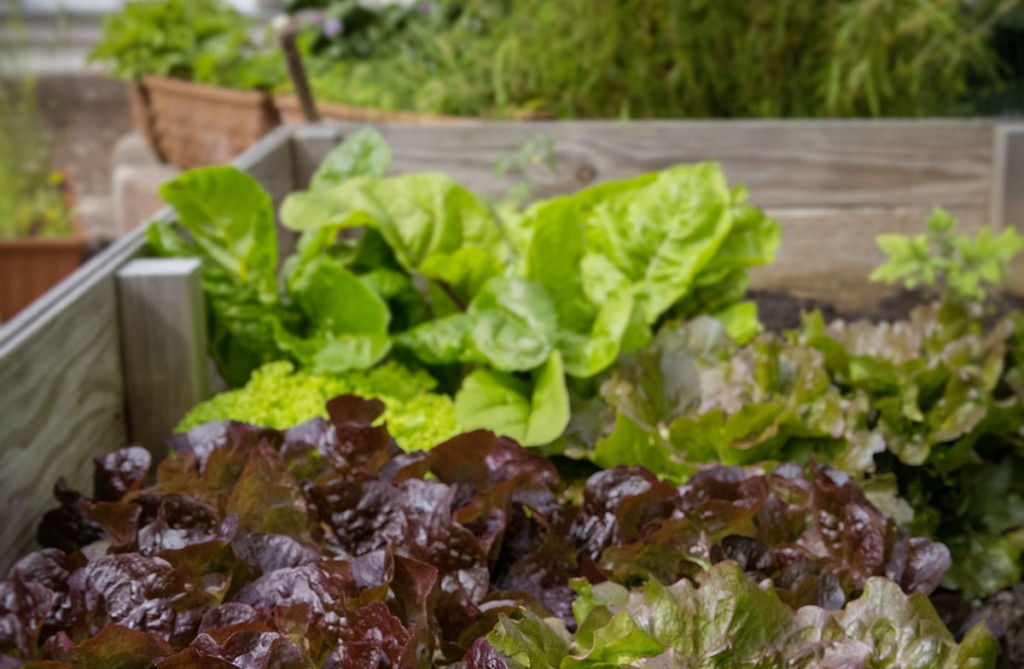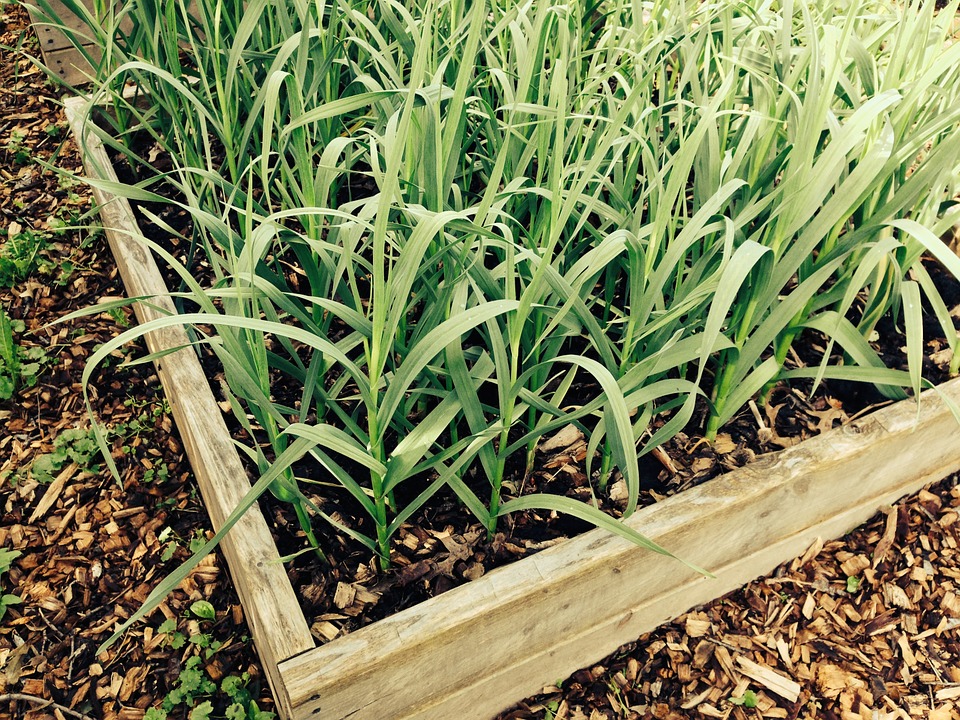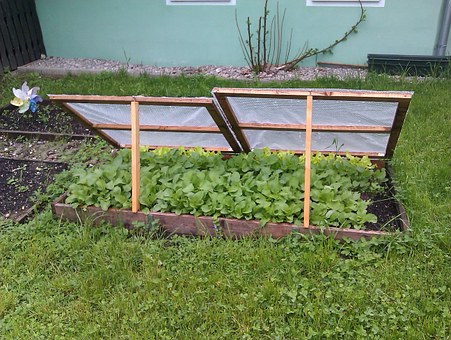We use cookies to make your experience better. To comply with the new e-Privacy directive, we need to ask for your consent to set the cookies. Learn more.
Raised Bed Gardening

Raised Bed Gardening
A raised bed is created by adding a layer of soil above ground level and keeping it contained in a frame. Raised bed frames can be made from timber, stone, logs or bricks. They are different from container gardening in that they do not have a base and cannot be moved. Raised beds are a great option for anyone with 'poor' or hard to work soil, they make it easy to amend your soil to the growing needs of your particular crop. They are also an attractive feature in the garden.
Advantages
- Earlier cropping as the soil is warmer.
- Improved drainage.
- Plants are more accessible and maintenance is easier.
- Easier to plan and manage a rotation system.
- Soil can be tailored to specific crops.
- Soil is not compacted as beds are not walked on.
- Offers protection from insects and pest that would normally hide in a pathway.
- Easy to cover with protective garden nets.
- Can be constructed to make the most of a sloping site.
- Waist high raised beds make gardening accessible for the elderly or disabled.
- Offers some protection from dogs and small children.
Disadvantages
- Can dry out quickly in hot weather.
Points to note
- Beds should be near a water supply.
- Don’t make the beds wider than 1.2m or you won’t be able to reach into the middle without standing on the soil. If you decide for wider beds allow for a path in the centre.
- A very deep bed may need a cross support.
- Take time to consider pathways between beds - how are you going to stop weed growth? The path must be strong enough to take a full wheelbarrow. If you are using grass then they must also be the width of the mower. If the garden is to be used by the elderly then they should be able to accommodate a wheelchair or walking frame.
- If using timber always use non-toxic preservative. Do not use railway sleepers or pressure treated timber

How to Make a Timber Raised Bed
First mark and clear your site. Thoroughly digging the area where the bed is going to go will enable you to remove any large stones, tree roots or perennial weeds. The instructions below will make a 1.2m x 2m x 27cm raised bed.
Materials
- 1.5” to 2” White Deal: 2 pcs 2m long & 2 pcs 1.2m long
- 2 fencing posts 4ft long (or 8ft long 45mm x 45mm white deal stakes)
- 12 Chipboard screws stainless steel 5 x 80mm
- 0.75 ltr Fence Stain (preferable natural/organic paint)
Tools
- Saw
- Sledgehammer
- Battery drill with bit for chipboard screws
- Paint brush
Construction
- Treat all the wood with fence stain before constructing, will need 2-3 coats.
- Place the 4 boards in position and screw them together.
- Cut the fencing posts into 60cm (2ft) long pieces and point them.
- Drive them into the soil in all four corners. Put screws through the board into the stakes
- The raised bed can now be filled to the top with manure, compost or topsoil and is then ready for planting.
- The soil will sag over time. Raised beds therefore require topping up every season.
Tips For Raised Bed Gardening
- Mulch after planting - this will reduce the amount of weeding you'll have to do and keep the soil moist.
- Don’t walk on the soil. Keep your soil light and avoid compaction. When you build your raised beds, build them so that you're able to reach every part of the bed without having to stand in it.
- Plan your irrigation system. This will save a lot of time later on.
- Install a barrier to roots and weeds. Especially important if there are trees near-by. Can use old wool carpet, thick cardboard or weed membrane.
- Top-dress annually with compost.
- Aerate the soil with a garden fork as needed. To lighten compacted soil in your raised bed, simply stick a garden fork as deeply into the soil as possible, and wiggle it back and forth. Do that at eight to twelve inch intervals all over the bed, and your soil will be nicely loosened.
- Add a layer of organic mulch or plant a green manure at the end of your growing season. Soil that is exposed to harsh winter weather breaks down and compacts much faster than protected soil.
- Think ahead to extend the season. Erect a small cloche over the bed for early and late crops.
- For those with smaller spaces, try a method called, Square Foot Gardening. The growing area is marked out into smaller square sections. This helps to plan and create a well planted and neat vegetable garden in minimal space.


